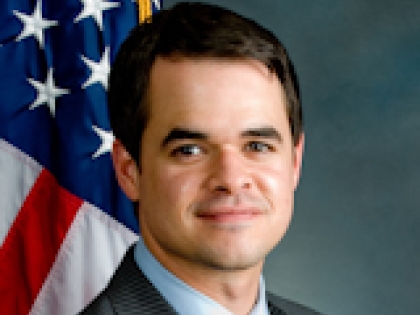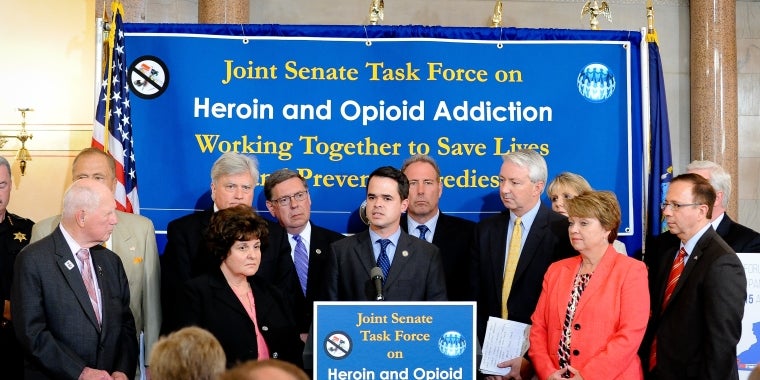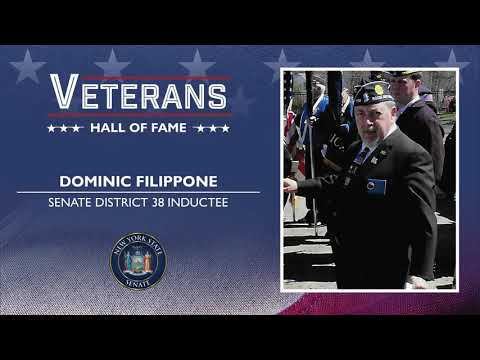
Senator Carlucci Passes Legislation to Fight Heroin Epidemic
David Carlucci
June 9, 2015
-
ISSUE:
- Drugs

Senator David Carlucci, as a member of the New York State Senate Heroin Task Force, has passed a bi-partisan, comprehensive legislative package to combat the heroin and opioid epidemic.
The package included Senator Carlucci’s bill S631, which establishes an assisted outpatient treatment for substance use disorders, and enables a court to order assisted outpatient treatment (AOT) for an individual with a substance use disorder who, due to his or her addiction, poses a threat to him or herself or others.
“After traveling across the state, listening to law enforcement, medical professionals, and family members who have been impacted from the disease of addiction, we have developed a comprehensive package the tackles opioid addiction from every angle,” said Senator Carlucci. “Specifically, S631 is in direct response to the parents that we heard from that unfortunately lost their children to heroin and opioid addiction. Right now there is no mechanism in place to allow for parents that see their children having an obvious problem to act. This legislation will give parents and loved ones the ability to petition a court to make sure that the person suffering from addiction receives outpatient treatment.”
As we have all painfully watched, New York State has suffered drastically from the sweeping opioid epidemic. In 2013, there were 15 thousand more admissions of heroin and prescription opioid abuse treatment in the state than in 2009. Locally, Rockland County has seen seizures relating to drug overdoses increase by 67%. Since 2013, police investigations have doubled and hospitals have seen a 97% increase in heroin related cases.
There other bills included in the package, will do the following:
- Establish the crime of homicide by sale of an opioid controlled substance, also known as “Laree’s Law” (S4163). This legislation allows law enforcement to charge a drug dealer with homicide if a person died from an opiate controlled substance sold by that dealer. The law specifically targets those who seek to profit from heroin and other opioid sales – not a witness or other person who may have been doing drugs (i.e. a “co-user”) with the victim at the time of the accidental overdose. In 2011, New York adopted a “Good Samaritan” law that shields individuals from charges related to an accidental overdose if they try to help the victim by timely reporting the incident.
- Expands the crime of operating as a major trafficker (S4177). This legislation helps strengthen the laws relating to major drug traffickers to more accurately reflect the nature of their criminal enterprises and increase successful prosecutions. The bill changes the number of persons needing to be involved and charged as part of a drug organization from four to three. Also, to reflect the low street prices of heroin, the bill lowers the minimum required proceeds from the sale of controlled substances during a 12 month period from $75,000 to $25,000.
- Improves safety at judicial diversion programs (S1901). This legislation requires a court, in determining a defendant’s eligibility for a judicial diversion program for alcohol or substance abuse treatment, to consider the underlying charges and the defendant’s propensity for violent conduct. The bill also requires the facility treating a defendant under this diversion program to notify the local law enforcement of the defendant’s placement and arrest record, and to submit a security plan to the Division of Criminal Justice Services (DCJS) to provide for the safety of staff residents and the community. Finally, this bill allows a defendant to appear via video conference, and makes unauthorized departure from a rehabilitation facility a class D felony.
- Prevents the sale of synthetic opioids (S1640). This legislation expands the list of controlled substances in schedules I, II, III, IV, and V to include any controlled substance which is intended for human consumption and is structurally or pharmacologically substantially similar to, or is represented as being similar to heroin, opium, or other opioid-based narcotic. This would help combat the quickly-moving world of designer drugs.
- Expands treatment options for individuals in judicial diversion programs for opioid abuse or dependence (S4239B). This legislation provides that under no circumstances shall a defendant who requires treatment for opioid abuse or dependence be deemed to have violated the release conditions on the basis of his or her participation in medically prescribed drug treatments while under the care of a qualified and licensed physician acting within the scope of his or her lawful practice.
- Increases the effectiveness of abuse prevention (S2847). This legislation requires the Department of Health to assign at least one investigator from the Bureau of Narcotics Enforcement to each county within New York City.
In addition, the 2015-16 state budget provided significant funding for programs targeting the heroin crisis, including:
- $7.8 million in funding for statewide prevention, treatment and recovery services
- $450,000 to purchase narcan kits given out for free to individuals who participate in a narcan training class
- $140,000 to finance the cost of narcan kits for staff and nurses authorized to administer narcan in the event of a heroin or opioid overdose at school.
Senator Carlucci’s bill S631 is sponsored by Assemblywoman Aileen Gunther in the New York State Assembly (A1823), and is currently in the Committee on Alcoholism and Drug Abuse. Throughout the summer, Senator Carlucci’s office will also be partnering with local organizations to provide naloxone trainings in Rockland and Westchester county.



